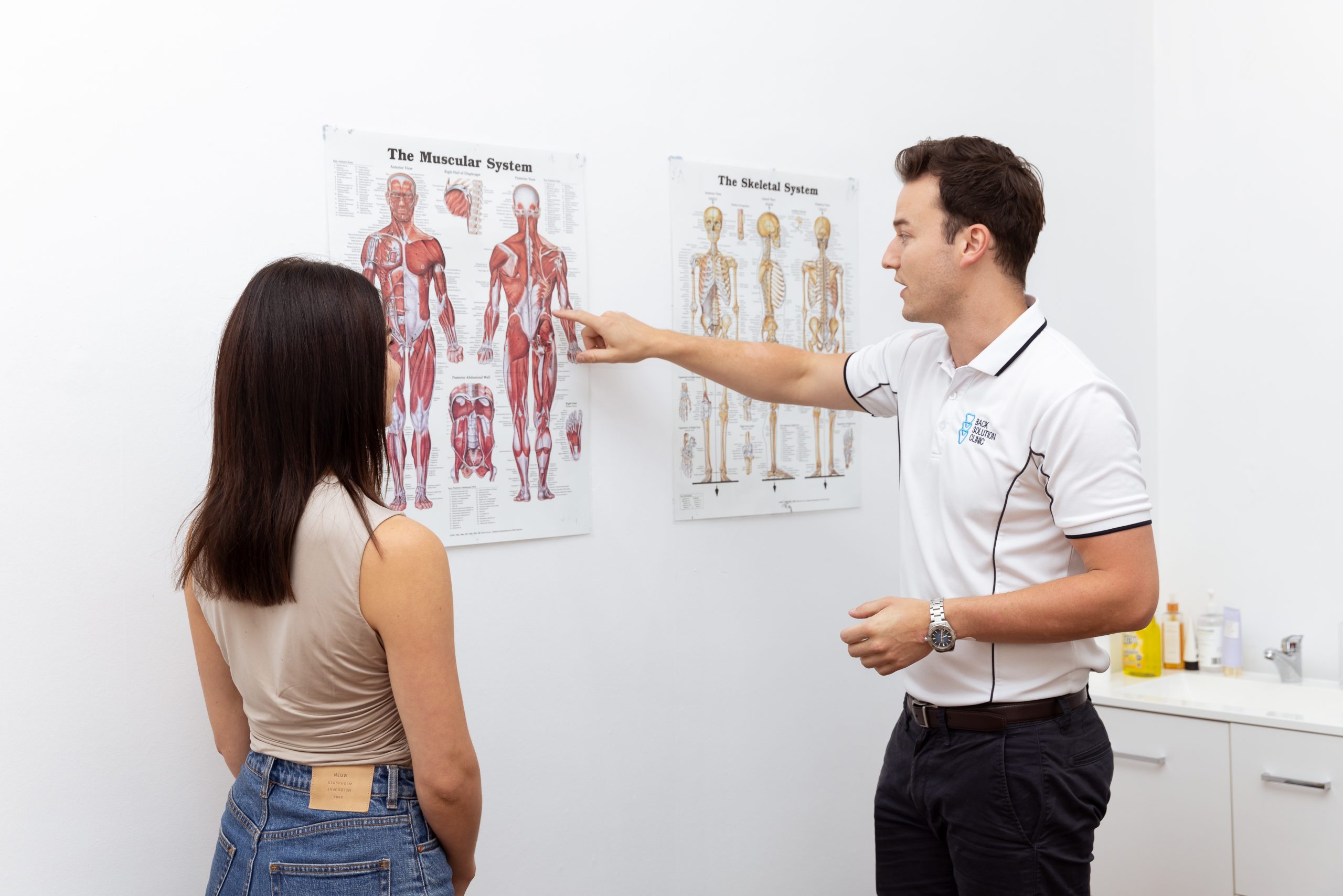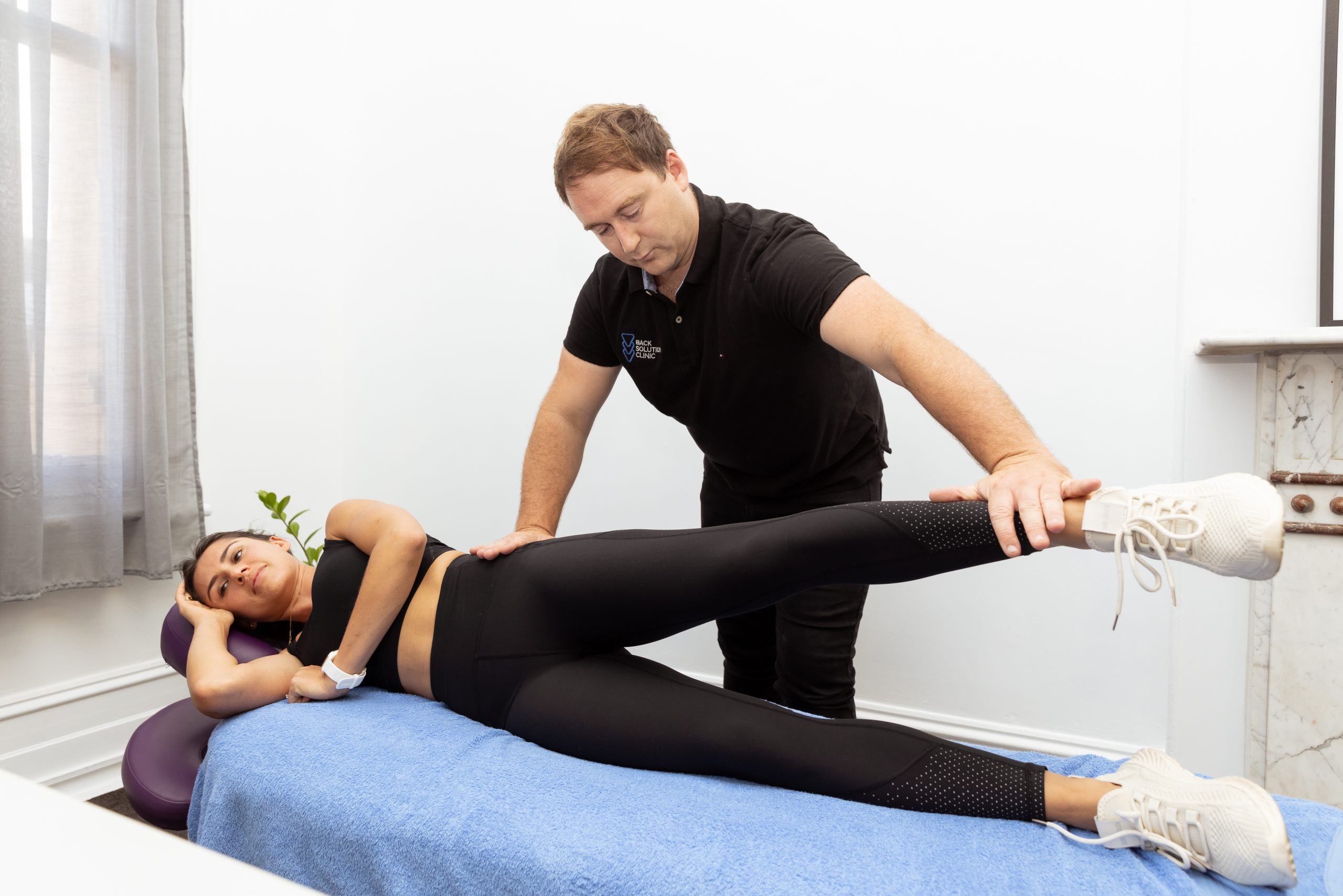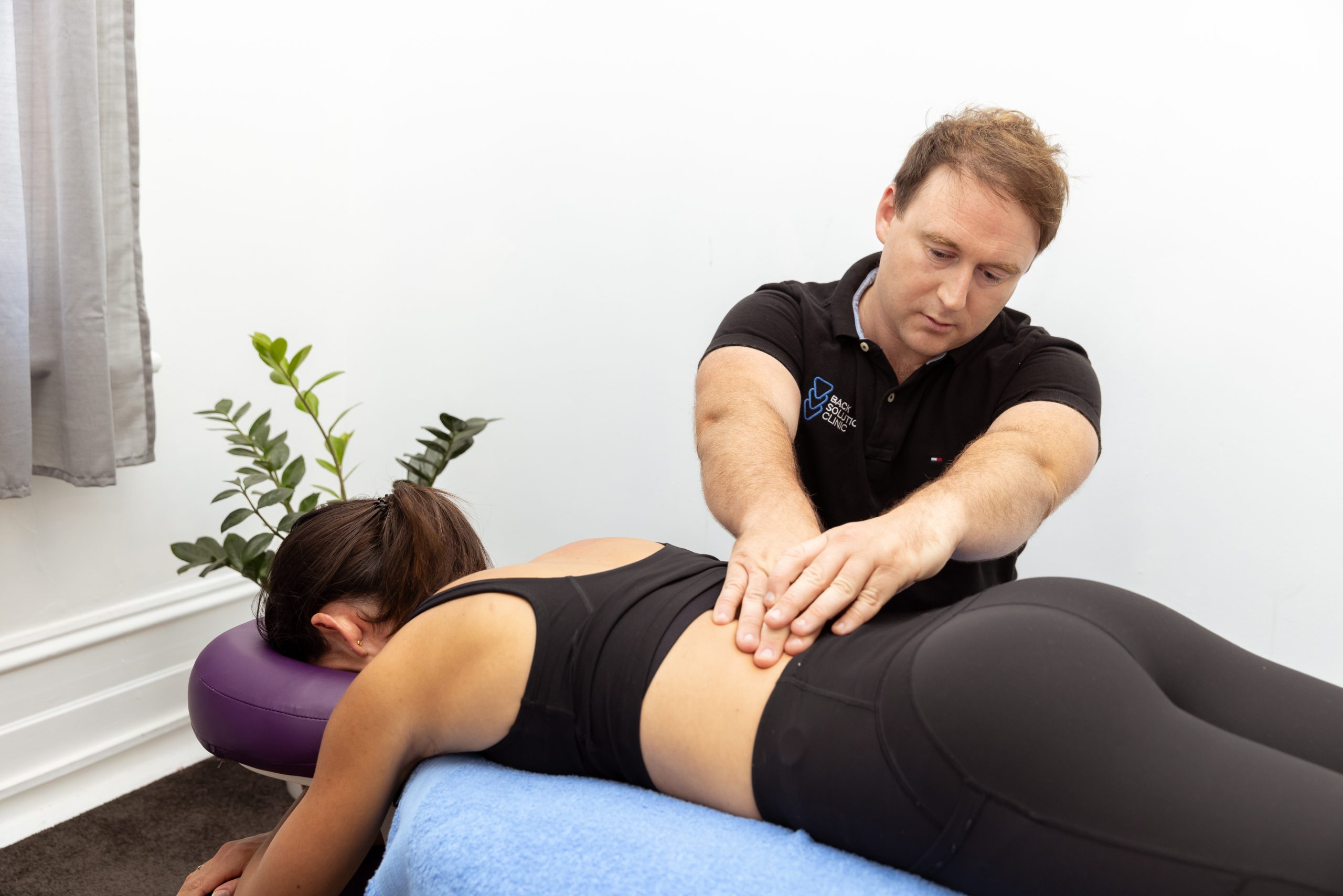Why do most practitioners treat the symptoms of back pain and not the underlying cause?
It is what we are taught at university. Regardless of whether you are a physio, chiro, osteo, myo, massage therapist you are trained to accurately diagnose the source of lower back pain, then trained in a unique (to your modality) set of techniques to alleviate the lower back symptoms.
There are two sides to chronic lower back pain
- Tight and restricted tissues that cause pain (symptoms)
- Weakened postural muscles that comprise the structures of the lower back (underlying cause)
The problem with being solely trained as a practitioner is that years of conditioning and focus on the symptoms makes you blindsighted to the true underlying cause of back pain
Think about it:
- A massage therapist or myotherapist massages soft tissues
- A chiropractor and osteopath manipulate joints.
It is their job! When back pain sufferers come along, they execute their years of training and clinical experience, focusing on freeing the pain and restriction present in the lower back.
This works fine for the acute back pain sufferers (less than 3 months), however for the chronic back pain sufferer (more than 3 months) all this results in, is short term temporary relief from their pain. The pattern continues – treatment – patient feels better for hours/ days after treatment – pain returns – repeat process.
The problem for the practitioner and more importantly the chronic lower back pain patient is that practitioners are not taught how to address patients who do not respond to their modalities techniques.
From experience the best health care practitioners are the ones who have had a particular condition themselves, exhausted all efforts within their modalities philosophy to fix themselves only to turn to alternative solutions. This leads to the practitioner striving to create a solution to their condition and forces them to think/ explore outside the box.
There are many terrific stories of health care practitioners who have gone on such journeys, healed their bodies then shifted their focus to helping chronic patients do the same. Back pain is no different, there are great books that go into such stories and more importantly they provide a how to – process to fix chronic back pain. Not surprisingly all such books mention that more needs to be done that just standard physio, chiro, massage, with the attention focused around restoring strength and symmetry to the body.
If you are suffering from chronic lower back pain and have tried many different modalities and practitioners without a long term solution to your pain, don’t be alarmed, you are not alone. Search for books and success stories from practitioners who have fixed their own back pain and follow their guidance. Please search through our website to find articles from such authors.



